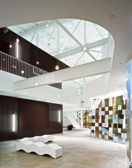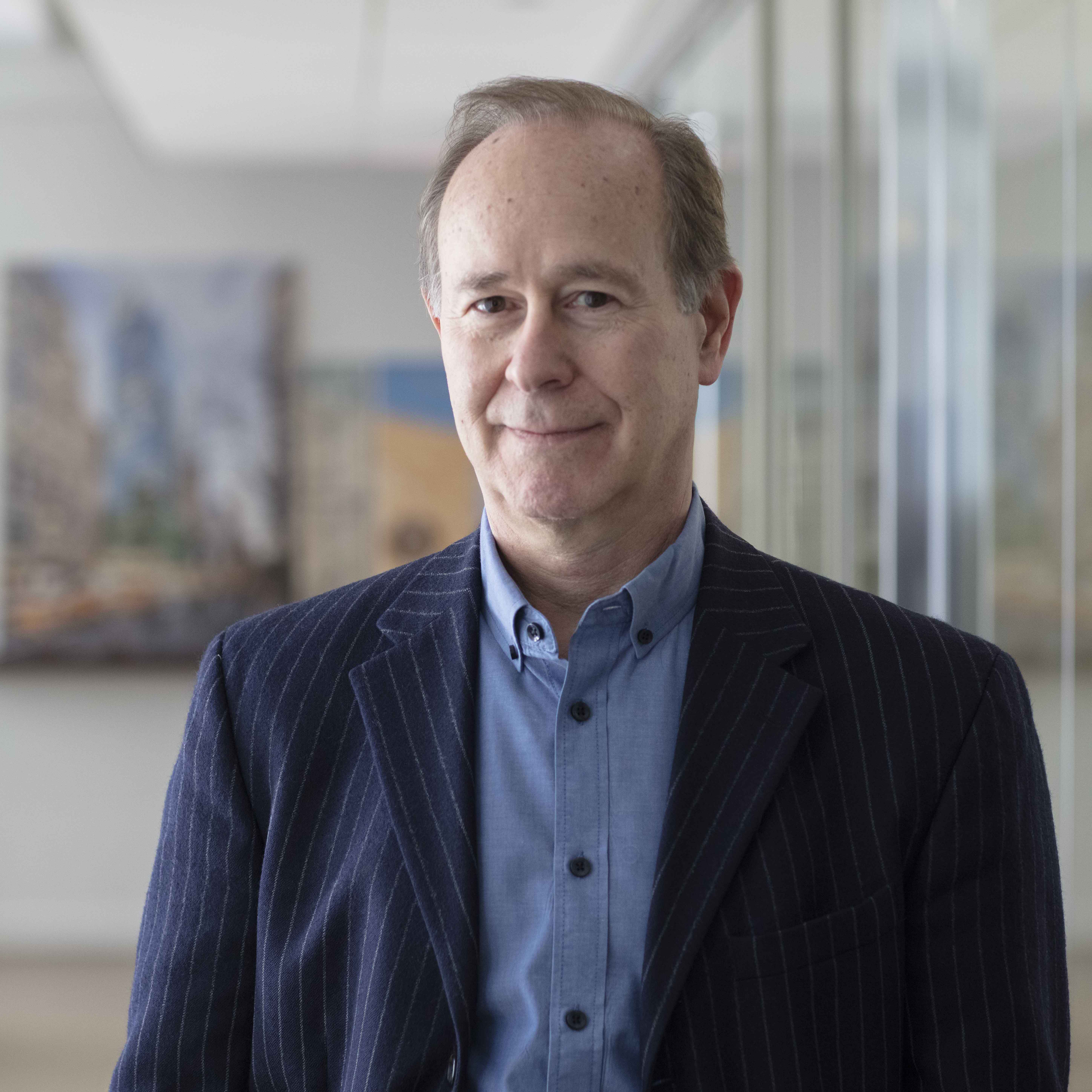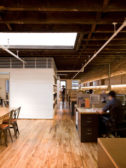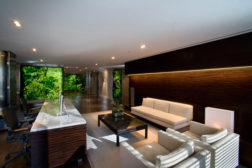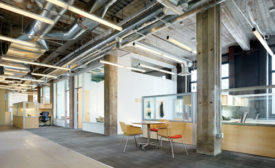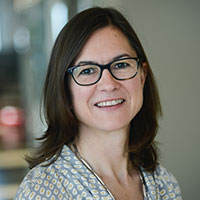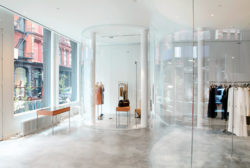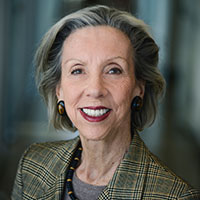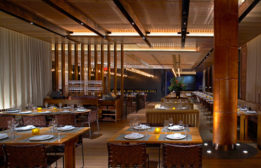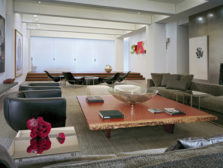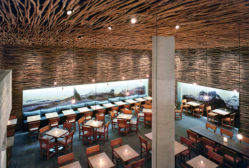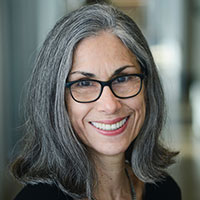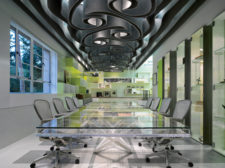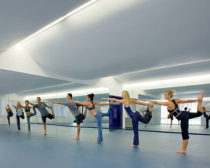Record Interiors
Lorcan O’Herlihy and Stephen Kanner convert a pair of old aircraft hangars into a Performance Capture Studio by breaking down hierarchies.
Read More
The Energy Foundation
TannerHecht Architecture's new home for The Energy Foundation boldly underscores the nonprofit's mission.
Read More
Pio Pio Restaurant
San Diego-based Sebastian Mariscal Studio evokes the flavor of Latin America at the Hell's Kitchen outpost of Pio Pio in New York City.
Read More
Graduate Aerospace Laboratories at Caltech (GALCIT)
JFAK’s renovation of the Guggenheim Building at Caltech’s Graduate Aerospace Laboratories is an experiment in florid functionalism.
Read More
Copyright ©2024. All Rights Reserved BNP Media.
Design, CMS, Hosting & Web Development :: ePublishing
